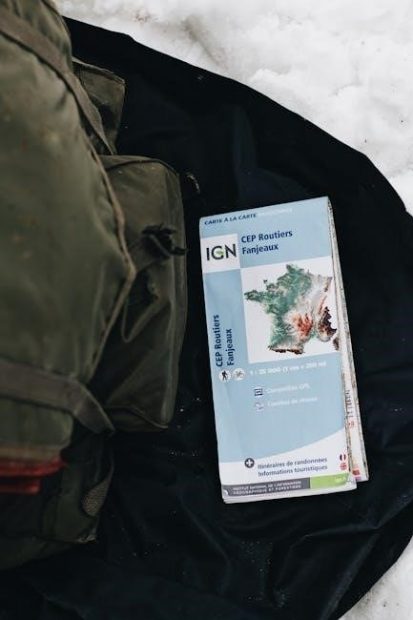Welcome to the Hammock Gear Guide, your comprehensive resource for selecting and using hammocks. Discover essential tips, materials, and accessories to enhance your hammock camping experience.
What is a Hammock Gear Guide?
A hammock gear guide is a detailed resource designed to help users select, understand, and effectively use hammocks for camping, backpacking, or relaxation. It covers various aspects such as types of hammocks, materials, suspension systems, and essential accessories. The guide provides insights into choosing the right gear based on specific needs, whether for ultralight backpacking or expedition use. It also includes tips on setup, safety, and optimizing comfort, making it a comprehensive tool for both beginners and experienced hammock enthusiasts.
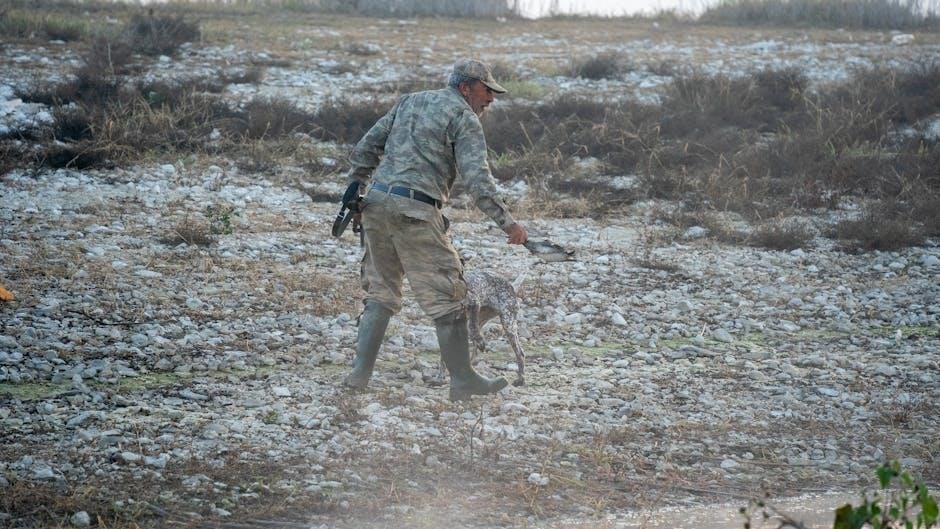
Why is a Hammock Gear Guide Important?
A hammock gear guide is a crucial resource for anyone looking to enhance their camping or backpacking experience. It provides detailed insights into selecting the right hammock, understanding materials, and mastering setup techniques. Whether you’re a beginner or an experienced outdoorsman, this guide helps ensure safety, comfort, and durability. It also highlights essential accessories and tips for optimizing your gear, making it an invaluable tool for making informed decisions and avoiding common mistakes in the field.

Types of Hammocks
Hammocks vary widely, catering to different needs and environments. From ultralight models for backpackers to sturdy expedition hammocks, each type offers unique features for comfort and durability.
Ultralight Hammocks
Ultralight hammocks are designed for minimalists and backpackers, focusing on reducing weight without compromising comfort. Made from lightweight materials like nylon, they often feature streamlined designs and compact packing. These hammocks are ideal for long-distance hikers needing to save space and energy. With reinforced stitching and durable fabrics, they ensure reliability while keeping the overall weight under a pound. Perfect for adventurers seeking efficiency and simplicity in their gear.
Expedition Hammocks
Expedition hammocks are built for durability and long-term use, making them ideal for extended outdoor adventures. Constructed from robust materials like nylon and polyester, they often include reinforced stitching for added strength. These hammocks typically feature integrated bug nets, tarps, and storage pockets for convenience. With higher weight capacities and spacious designs, they cater to campers seeking comfort and reliability in challenging environments. Perfect for multi-day trips where resilience and functionality are paramount.
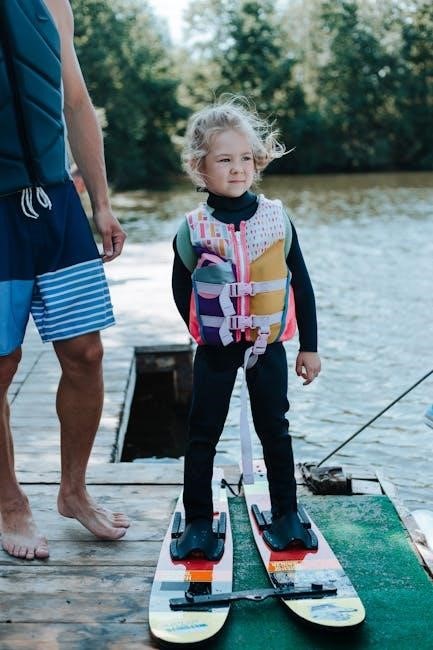
Jungle Hammocks
Jungle hammocks are specifically designed for tropical environments, offering excellent protection against insects and harsh weather. They usually come with built-in bug nets and waterproof canopies. These hammocks are lightweight yet durable, made from materials like nylon with ripstop technology. Jungle hammocks often feature drainage systems to prevent water pooling. Their compact design allows for easy setup in dense foliage, making them a top choice for adventurers exploring humid, mosquito-heavy regions. Ideal for survival and tactical use.
Recreational Hammocks
Recreational hammocks are designed for casual use, offering comfort and relaxation in backyard settings or on short trips. They are typically made from durable materials like nylon or polyester, blending strength and flexibility. Many feature padded headrests or storage pockets for convenience. These hammocks often come with bug nets or canopies for added protection. Lightweight and easy to set up, recreational hammocks are perfect for day trips, picnics, or lounging in the park. They strike a balance between affordability and quality.
Materials and Fabrics
Hammocks are made from durable materials like nylon or polyester, often featuring ripstop weave for strength. These fabrics are lightweight, breathable, and water-resistant, ideal for outdoor use.
Nylon vs. Polyester Hammocks
Nylon and polyester are the most common hammock materials, each offering unique benefits. Nylon is known for its exceptional strength, durability, and resistance to abrasion, making it ideal for heavy-duty use. Polyester, while slightly heavier, retains its strength when wet and is often more budget-friendly. Both fabrics are water-resistant and breathable, but nylon tends to be more packable for backpacking. Choose nylon for long-term durability and polyester for cost-effectiveness and reliable performance in damp conditions.
Ripstop Weave Technology
Ripstop weave technology enhances fabric durability by creating a grid-like pattern that prevents tears from spreading. Commonly used in hammocks, this technique involves weaving stronger threads at regular intervals. It provides excellent resistance to abrasion and punctures, ensuring long-lasting performance. Ripstop nylon is particularly popular for hammocks due to its lightweight and robust nature, making it ideal for both ultralight and expedition hammocks. This innovation ensures your hammock remains reliable in various outdoor conditions.
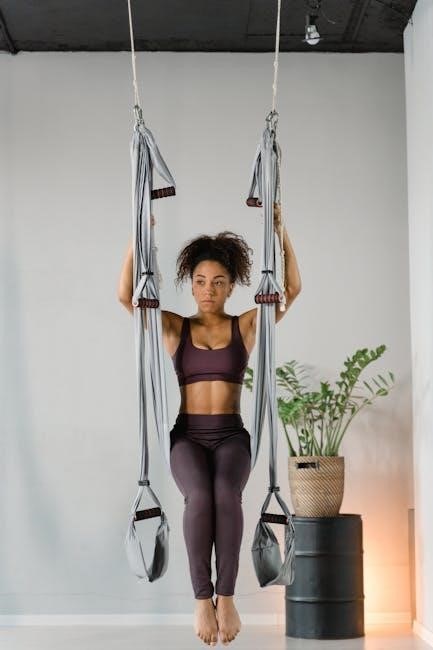
Suspension Systems
Suspension systems are crucial for securely hanging hammocks. They include straps, ropes, and hardware, ensuring stability and comfort. Tree-friendly methods prioritize environmental care while providing versatility and ease of setup.
Hammock Straps and Ropes
Hammock straps and ropes are essential for secure suspension. Straps are durable, tree-friendly options, often made from nylon for strength. Ropes offer adjustability and lightweight convenience. Both ensure proper tension and stability, preventing damage to trees. Always choose materials resistant to weather conditions and abrasion. Proper use of straps or ropes enhances safety and comfort, making them indispensable for a reliable hammock setup in various camping environments.
Hardware and Carabiners
Hardware and carabiners are critical for securing your hammock. Carabiners, typically made from aluminum or steel, provide a durable connection between the hammock and suspension system. Look for carabiners with weight ratings suitable for your needs. They should be easy to clip in and out of, ensuring a safe and reliable setup. Proper hardware ensures stability and safety, making it essential for a secure and enjoyable hammock camping experience. Always inspect hardware for wear and tear before use.
Tree-Friendly Suspension
Tree-friendly suspension systems prioritize the health of the trees. Wide, adjustable straps with soft padding minimize bark damage. Avoid using nails or screws, as they harm trees. Opt for removable and non-invasive hardware. Properly spaced suspension points distribute weight evenly, preventing strain on the trees. Always inspect straps for wear and tear before use. Ensure that suspension systems are designed to protect both the tree and the hammock, promoting sustainable camping practices for future generations to enjoy nature responsibly and respectfully.
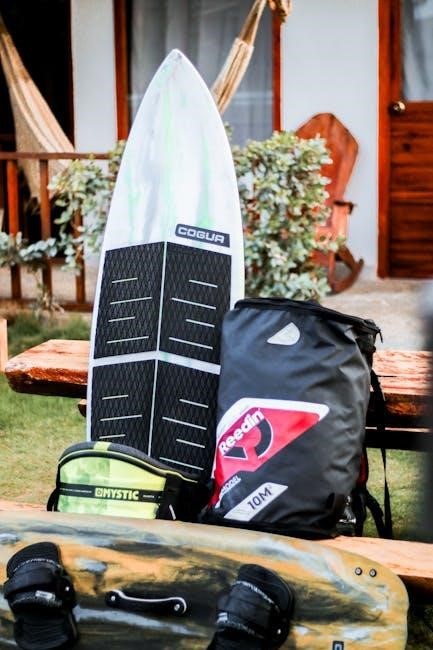
Accessories
Enhance your hammock camping experience with essential accessories like bug nets, tarps, and quilts. These additions provide comfort, protection, and warmth, ensuring a cozy outdoor adventure.
Bug Nets and Mosquito Protection
Bug nets are crucial for a comfortable hammock experience, especially in mosquito-prone areas. Lightweight, breathable designs allow airflow while keeping insects at bay. Look for nets with easy attachment systems and durable materials. Some hammocks come with built-in bug protection, while others require separate netting. Proper setup ensures full coverage, helping you enjoy peaceful nights outdoors without pesky bites. Investing in quality mosquito protection enhances your camping comfort significantly.
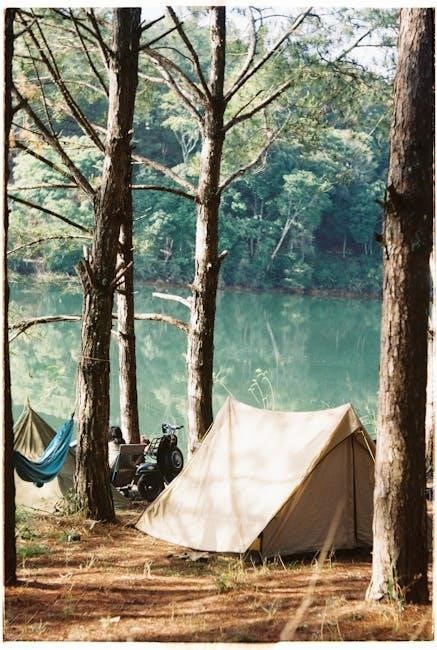
Tarps and Rain Protection
Tarps provide essential rain protection for hammock campers, ensuring a dry experience. Choose from asymmetrical or hexagonal shapes for optimal coverage. A larger tarp offers more protection but may add weight. Proper setup is key—tight pitch prevents water pooling. Consider a suspended tarp for convenience. Durable, waterproof materials like silicone-coated nylon are ideal. Lightweight options are perfect for backpackers. A reliable tarp is vital for hammock camping, ensuring you stay dry and comfortable in rainy conditions.
Quilts and Sleeping Bags
Quilts and sleeping bags are crucial for staying warm while hammock camping. Quilts are lightweight and adjustable, offering versatility for varying temperatures. Sleeping bags provide full-body insulation, ideal for colder conditions. Choose materials like down or synthetic for insulation. Top quilts and underquilts work together for optimal warmth. Consider season ratings and compressibility for backpacking; Pairing the right quilt or sleeping bag with your hammock ensures a cozy and restful night under the stars, regardless of the weather. Stay warm and comfortable with the right gear.
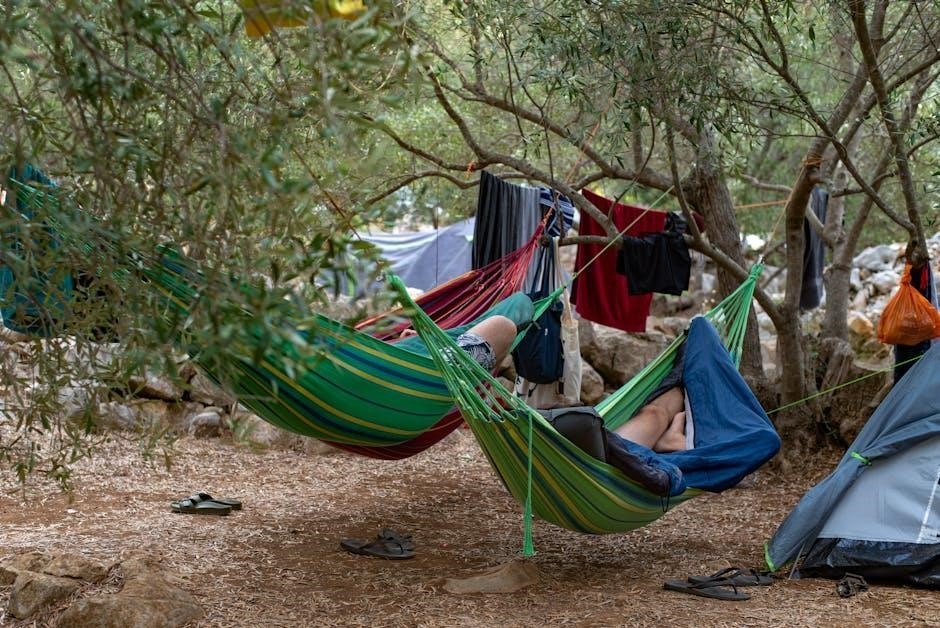
How to Choose the Right Hammock
- Consider weight capacity, size, and material for durability.
- Reflect on budget and brand reputation for quality.
- Match the hammock type to your camping needs.
Considerations for Hammock Selection
When selecting a hammock, consider factors like weight capacity, size, and material durability. Think about your camping style—backpacking or car camping—and the climate. Assess suspension systems and accessories like bug nets or tarps. Budget and brand reputation matter, so research thoroughly. Ensure the hammock fits your body length and desired comfort level. Test if possible, and read reviews for real-world insights. Prioritize features that align with your specific needs for the best experience.
Weight Capacity and Size
Weight capacity is a critical factor in choosing a hammock. Look for models rated to support your weight comfortably. Hammocks vary in size, from compact ultralight options to spacious expedition styles. Larger hammocks offer more comfort but may be heavier. Ensure your hammock is at least 2-3 feet longer than your height for optimal comfort. Check the gear guide specifications to match your needs, ensuring durability and safety for a restful camping experience.
Budget and Brand Options
When choosing a hammock, budget and brand play significant roles. Entry-level hammocks are affordable and suitable for casual use, while mid-range options offer better quality and features. High-end brands provide advanced materials, durability, and specialized designs. Popular brands like REI, Osprey, and Warbonnet offer reliable choices. Consider your budget and needs to select the right hammock, ensuring a balance between cost and performance for an enjoyable camping experience.
Setting Up Your Hammock
Setting up your hammock involves choosing a flat, dry spot, using straps or ropes for suspension, and securing it tightly. Ensure it’s level and comfortable for the best experience.
Site Selection for Hammock Camping
Choosing the right site is crucial for a safe and enjoyable hammock camping experience. Look for flat, dry ground with sturdy trees spaced 12-15 feet apart. Avoid low-lying areas prone to water pooling and ensure no overhanging branches or hazards. Always check local regulations and opt for tree-friendly suspension systems to minimize environmental impact. Proper site selection ensures stability, comfort, and eco-friendly camping practices.
Proper Hammock Hanging Techniques
Properly hanging a hammock ensures safety and comfort. Start by selecting sturdy trees with a diameter of at least 8 inches. Use tree-friendly straps and attach them 4-6 feet above the ground. Adjust the suspension system to achieve a 30-degree angle for optimal comfort. Ensure the hammock is taut but not overly tight, and always test the setup with weight before use. Proper hanging prevents damage to trees and ensures a secure camping experience.
Leveling and Adjusting Your Hammock
Leveling your hammock ensures maximum comfort and safety. Start by hanging the hammock and checking its lay. Adjust the suspension system to achieve a balanced position, ensuring the hammock isn’t too tight or saggy. Use fine-tuning buckles or knots to make precise adjustments. Test the setup by lying in the hammock gently to ensure stability. Proper leveling prevents uneven weight distribution and enhances your camping experience. Always double-check adjustments before final use.
Safety Tips
Always inspect your gear for damage and follow manufacturer guidelines. Be aware of weather conditions and tree health. Ensure secure suspension and proper hammock placement to avoid accidents.
Weather Conditions and Hammock Safety
Weather conditions play a crucial role in hammock safety. Always check forecasts and avoid hammocking in harsh weather like strong winds, heavy rain, or snow. Secure your hammock tightly to prevent damage. Use a tarp for rain protection and ensure proper drainage. In windy conditions, choose a sheltered spot and reinforce your suspension. Never camp in areas prone to flash floods or extreme storms. Stay prepared with backup gear and know when to seek shelter if conditions worsen.
Tree Health and Hammock Placement
Ensure hammock placement does not harm trees. Inspect trees for signs of damage or disease before hanging. Avoid wrapping straps around tree trunks tightly, as this can cause injury. Use wide, padded straps to distribute weight evenly and minimize bark damage. Never hang hammocks on dead or unstable trees, as they may fall. Keep suspension systems at least 1 foot above the ground to protect tree roots. Always remove gear carefully to leave no trace and preserve the environment for future use.
